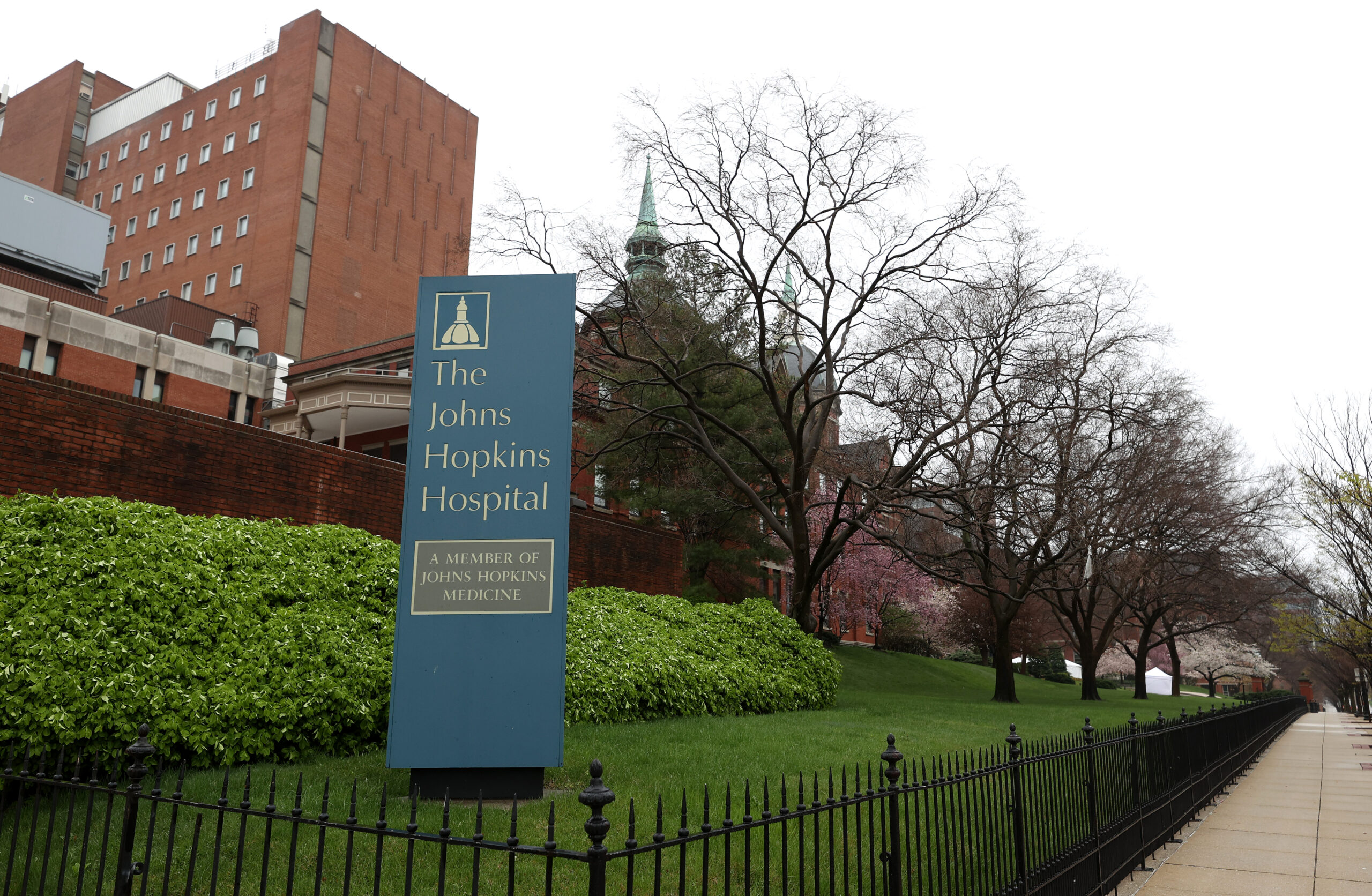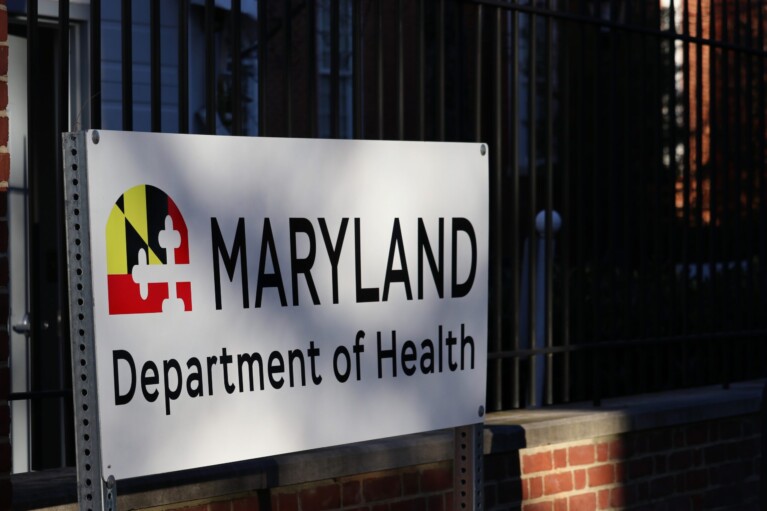Md. health officials have applied for new federal ‘AHEAD model.’ Here’s what it means.

State health officials have placed their bid for Maryland to be among the first participants in a federal program that will help fund state initiatives to improve patient outcomes and bridge inequities, while constraining hospital and medical costs.
The U.S. Centers for Medicare and Medicaid Services (CMS) is rolling out the new States Advancing All-Payer Health Equity Approaches and Development Model, called the AHEAD Model, and states are invited to apply for funding.
The Maryland Department of Health has submitted its application to be in the first cohort using the AHEAD model, according to a Tuesday news release from the agency.
“The model benefits Maryland as the pathway to continue the state’s long-term commitment to improving statewide health care quality, health outcomes, and health equity — all while controlling cost growth,” Maryland Department of Health Secretary Laura Herrera Scott said in a written statement. “This opportunity allows Maryland to bridge the health care, population health, and social sectors as well as the public and private sectors to implement the solutions Marylanders need, as identified by community members themselves.”
The AHEAD model will help some states implement what’s called a total cost of care model, in which states take responsibility and accountability for health outcomes of their patients.
Maryland is ahead of the game and already has a total cost of care model. In fact, the federal AHEAD model takes a cue from Maryland’s hospital-rate setting program, along with similar programs out of Pennsylvania and Vermont.
Maryland’s Total Cost of Care model sets a “global budget” for hospitals across the state, which is a fixed amount of revenue that each hospital can earn in a year. The state’s TCOC model is regulated by the state’s Health Services Cost Review Commission (HSCRC). With the health department, the commission also is involved in Maryland’s AHEAD application process.
So, why is Maryland applying for the federal program if the state already has a total cost of care system in place?
Maryland’s Total Cost of Care model is set to expire in December 2026, said Assistant Secretary of Health Policy Marie Grant during an HSCRC work group discussion on the AHEAD model application process in February.
“CMMI (Center for Medicare and Medicaid Innovation) has developed AHEAD as the federal policy approach for state implementation of population-based payment models, and we really see AHEAD is the pathway to secure continuation of the Maryland model,” she said.
The department submitted an application for the AHEAD model on March 18 to be selected as one of as many as five states in the first cohort of the program.
If selected, Maryland would engage in an 18-months long negotiation process with the Center for Medicare and Medicaid Innovation, which oversees innovative and alternative health care payment models and operates out of CMS. The negotiation period is for CMMI and Maryland health officials to work out terms of Maryland’s participation in the program.
If selected for the first cohort, Maryland could transition to the AHEAD model as soon as January 2026 and would continue for nine years, according to CMS websites.
CMS will provide cooperative agreement funding for up to six years for states participating in the AHEAD model, and a maximum of $12 million dollars may be awarded to each state, according to the CMS website.
What’s the current model?
Maryland’s health care system has been implementing global budgets since 2014 under the state’s “all-payer model,” which changed how hospitals received compensation from the state.
The All-Payer Model fundamentally changed “hospital payment from a cost per case methodology to population-based global budgets based on hospital revenue,” according to Maryland’s AHEAD application, which provides a brief history of Maryland’s health care system.
The All-Payer Model laid the foundation for Maryland’s current rate setting system for hospital services, the Total Cost of Care Model, which the state adopted in 2019.
The TCOC Model requires the state to annually meet certain metrics that indicate the state has reduced per capita hospital expenditures while ensuring that Marylanders receive quality health care services.
“The most effective strategy for reducing the need for high-cost settings and interventions is to keep people healthy and well supported in the community,” according to Maryland’s agreement with CMMI for implementing the Total Cost of Care model in 2019.
Maryland’s Total Cost of Care model is one of the jumping off points for CMS’s AHEAD model, and top Maryland officials believe that the state has a leg up on other states competing for the funding.
Gov. Wes Moore (D) said as much in his letter to Elizabeth Fowler, deputy administrator and director of CMMI, as part of the state’s application.
“Maryland brings many strengths to its AHEAD application, including more than a decade of experience implementing the All-Payer Model and Total Cost of Care Model,” Moore said. “Thus Maryland, more than any other state, is well-positioned to make progress towards the AHEAD Model’s goals of curbing health care cost growth, improving population health, and advancing health equity.”
State health officials hope that participating in the AHEAD model will allow them to keep some of the funding and program flexibility currently available to the state under the Total Cost of Care model. In addition, the state hopes that funding from the AHEAD model would help Maryland push forward on health equity issues.
“Through AHEAD, we will bridge the health care, population health, and social sectors as well as the public and private sectors to implement the solutions Marylanders need, as identified by community members themselves,” according to the application.
The AHEAD application says that a new Maryland Health Equity Plan will underline “all actions and investments” under the AHEAD model.
The goal is to overcome systemic and structural racial and ethnic health inequities by improving resources across clinical and population health needs through the additional funding provided by the AHEAD program, while also including community input on common health and access concerns.
“We will center community knowledge and solutions, prioritize community-based investments and alternative funding models, and empower community voice in decision-making,” according to the application.
Centers for Medicare and Medicaid Services anticipates notifying program awardees in spring 2024, according to their website.




 Creative Commons Attribution
Creative Commons Attribution